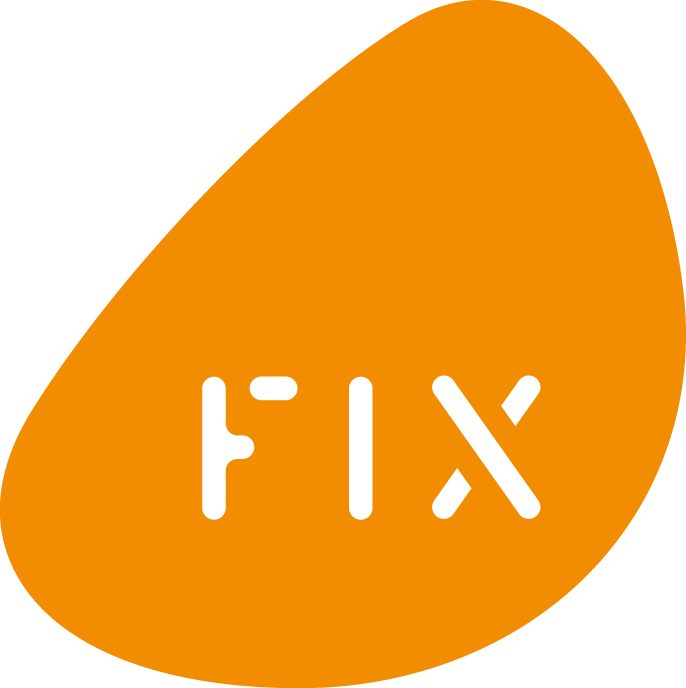CECILE DUMONT, MASSAGE THERAPIST AT FIX EAST VILLAGE, ON WHAT MYOFASCIAL RELEASE IS AND HOW IT CAN MAKE SPACE FOR HEALING IN THE BODY.
“To ask how the mind communicates with the body, or how the body communicates with the mind assumes that the two are separate entities. Mind-body awareness are two sides of the same coin, inseparable, connected, and communicating constantly.
It is obviously time for us to change our view of the human as a machine – we are an integrated totality, a mind-body network of information flowing throughout every system and cell of the body. And I believe the body remembers everything that happened to it.
— Myofascial Release, The Search for Excellence by John F. Barnes, PT
John F. Barnes has spent the last 50 years developing Myofascial Release (MFR), a deep and intuitive form of body work. At its core, the belief that the therapist needs to treat a whole person and not just symptoms. MFR eliminates pain and restores motion through the release of myofascial restrictions. It allows its recipient to return to a state of connection, balance and freedom of movement. But what is fascia, and how does MFR work exactly ?
Fascia is unlike any other system in our body – it is a three-dimensional network of connective tissue that spreads throughout the entire body. A liquid crystalline matrix made of elastin and collagen, it has the ability to stretch and move without restrictions. It surrounds and attaches every muscle, bone, nerve, artery, vein and organ. If you’re having trouble picturing it, think of a body suit made of spider web! And it is the new rage in the medical world. Ignored for a long time and discarded as this white layer of fuzz underneath the skin, it is now thought to be a direct extension of the brain. Some of the latest research has referred to it as a new organ. Some go as far as saying it might be the seat of the subconscious.
So what of myofascia? Myo means muscle. Myofascia is therefore the fascia that interpenetrates and connects muscles. It determines the length and functions of each muscle in the body. Fascia is liquid by nature but when the body goes through any trauma, inflammation or surgical procedures, the myofascia loses its pliability, tenses up, and solidifies – or rather becomes more gel-like – therefore limiting movement and creating pain patterns. Unravelling these patterns and restoring a mind-body balance is what Myofascial Release does.

Barnes defines Myofascial Release as “the three-dimensional application of sustained pressure and movement into the fascial system in order to eliminate fascial restrictions and facilitate the emergence of emotional patterns and belief systems that are no longer relevant or are impeding progress“. In simpler terms, MFR is a deep, gentle and non-invasive application of pressure into the restricted tissues. The combination of time and sustained pressure encourages the elongation of the viscous tissues and the fascia goes back to its more fluid state, which in turn allows the tissues to lengthen and free up movement. The recipient can feel the myofascia move like butter melting or taffy stretching, and the therapist is then guided to the next area of restriction. In MFR, the therapist very much acts as a facilitator – it isn’t the therapist actively moving the tissues, it is the tissues moving themselves and therefore the therapist. MFR is done without any oil or wax, directly skin on skin, and without a towel – the therapist needs to see the whole body at all times as it will give signs of where restrictions can be found (usually through a vasodilation response where tissues turn red and hot or through movement). The recipient is therefore encouraged to come in shorts or underwear they’ll be comfortable moving in.
“Is the skin the outer surface of the brain or is the brain the deepest layer of the skin ? […] If the body does not view [the techniques] as intrusive, it is not compelled to resist. Instead, the techniques are accepted as assistive, allowing the organism’s self-corrective mechanisms to be facilitated.
— Myofascial Release, The Search for Excellence by John F. Barnes, PT
Why movement will you ask ? As the myofascia goes back to a more fluid state, elongates and moves the tissues around, the body might need to move itself to help facilitate this release. This phenomenon is called unwinding, and it is a recommended and necessary part of the treatment. It is natural for the body to want to move, twitch or shake as the release happens as it is likely that it was in motion when the trauma occurred and created the restriction patterns. In order to get a full release, the body often needs to move itself through similar movements. Unwinding is an enlightened movement that will only occur when the recipient feels safe to let go and allow the release of the trauma pattern trapped within the fascial network.

Which brings us back to the mind-body connection. You will have understood it by now, Myofascial Release is a different approach to body work. It requires the recipient to be present in their body to feel and experience this waking up or healing process. Every session is a journey where the recipient has to be willing – without judgement or analysis – to connect and let go, to take the brakes off and to let their body heal itself through the release of long held emotions or patterns of movement that contributed to creating pain.
This is intuitive work achieved through connecting to the proprioceptive senses of the creative and instinctive right side of the brain, not the analytical and logical left. The recipient is invited to use their breathing and intuitive focus to soften and connect with their body and its pain patterns. And the cause of the pain is likely to be elsewhere. Which is why in MFR the therapist looks at and treats the whole person, not just the symptoms. Through hands on work (and hands on work only), the therapist facilitates a return to a better mind-body balance. But this cannot happen without the recipient fully embracing the capacity that their body has to heal itself. Resilience – your body feels, and feeling is healing.
